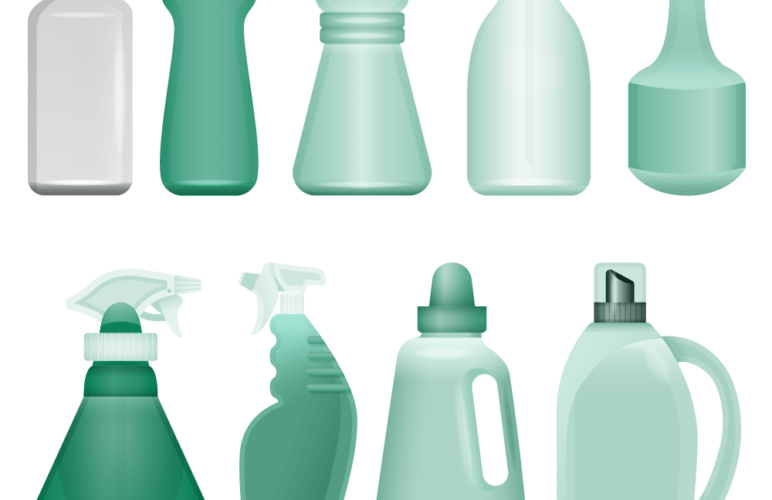ADR Labels (more precisely, Dangerous Goods Transport Labels) are warning signs placed on vehicles carrying dangerous substances and on packages of dangerous products. They follow the
GHS legislature
and models defined by the UN.
Specifically, ADR labels are graphic representations with coded symbols, colors and numbers that make understanding of the hazard immediate and overcome language barriers.
The information conveyed by ADR labels relates to the hazard characteristics (defined by hazard classes) of the chemical.
ADR: Accord européen relatif au transport international des marchandises Dangereuses par Route
The agreement that regulates the transport of dangerous goods (including chemicals) at the European level is theAccord européen relatif au transport international des marchandises Dangereuses par Route, better known as ADR. It was signed in Geneva in 1957 and ratified in Italy through Law No. 1839 of August 12, 1962.
Rail and inland waterway transport are regulated by specific agreements, also signed at the European level, the RID andADN, respectively.
Operating procedures for road transport, regulated by the ADR Agreement, are updated every two years. The latest update released is ADR 2021. In July last year, the deadline for adaptation to the 2021 version expired: until the new release scheduled for next year, ADR 2021 must be referred to.
ADR legislation goes to regulate all road transport of goods classified as hazardous. With the exception of some classes where li danger is excessively high, normally dangerous goods can be safely transported by road internationally. Of course, provided that safety regulations are followed, in particular:
- ADR Annex A, which regulates packaging and labeling;
- Annex B, on the other hand, which regulates the construction, equipment and operation of the vehicle carrying the dangerous goods.
These annexes are also reviewed periodically within the more general work of updating the ADR. The latest version, which must be referred to, is ECE/TRANS/300, vols. I and II (ADR 2021).

Characteristics of ADR Labels
Both vehicles carrying dangerous goods and packages and packages of chemicals must be accompanied byADR labels . These types of products can harm the environment and/or have adverse effects on people’s health, so it is important, as well as legally required, to display the right labels.
Through the use of coded symbols, colors and numbers, ADR labels are easily understood by anyone. This avoids the problem of possible misunderstanding by overcoming language barriers in international transportation. In addition, the placement of the panels at the most visible points of vehicles makes the danger immediately clear even while driving.
In general, ADR Labels are mainly rectangles arranged at a 45° angle (lozenge-shaped). Inside we find: the hazard symbol, the word hazard wording (optional) and the appropriate UN number. When placed on transport vehicles, ADR labels must be a minimum size of 25×25 cm (including the edge of the label).
Regarding the packaging of chemicals, GHS regulations require the inclusion of hazard symbols, similar to what is done on ADR labels. The symbols used are the same, but the pictograms are placed within a label affixed to the packaging of the hazardous product. This label (known as the
GHS label
) includes, in addition to the pictogram, the name of the substance, amount of content, hazard statement, precautionary statements and possible additional information, together with the details of the person responsible for placing it on the market.
Managing ADR Labels
F1 Consulting & Services
has designed software that can
Managing the complicit regulation of chemicals
. With Chemilla it will be easy to organize the database of your mixtures and substances and derive their ADR classification. You will then automatically and accurately know the number and type of label to order, saving time and avoiding mistakes.
Chemilla
you can quickly draw up all the necessary documents to always comply with the regulations
GHS
. With Chemilla you can create with one click a Safety Data Sheet (SDS) that follows EU CLP, US HazCom or China GB regulations and translate it into more than 30 languages! With the same ease, you can also create and print labels, again in compliance with the HSE accomplice. Design and print GHS labels for your products, save time by pulling all the information from the Chemilla database. Take advantage of integration with ERP for even faster results. This will enable you to effectively share transportation classification directly through your company ERP, creating complete and compliant transportation documents.
free demo
opportunity to see the software live in action. Discover all the features of Chemilla!



